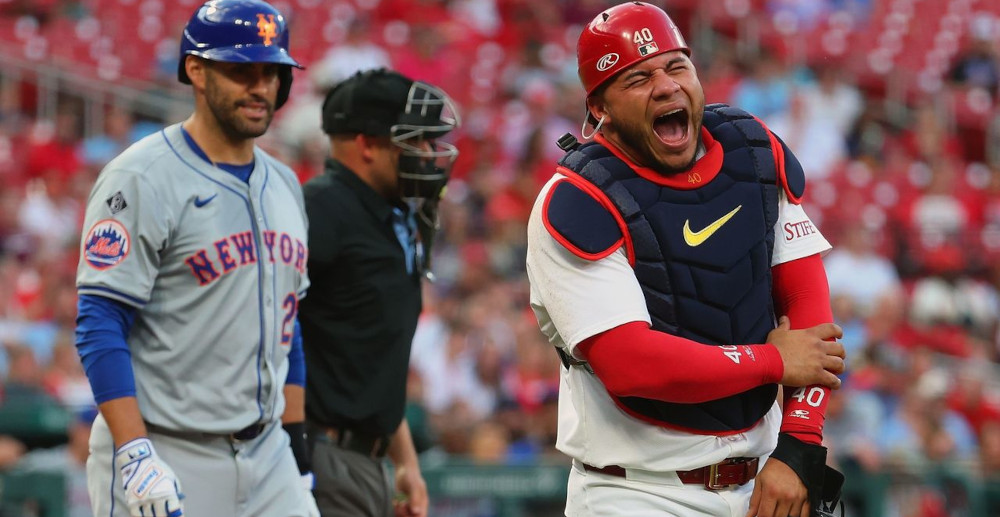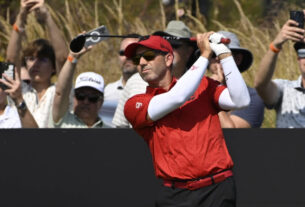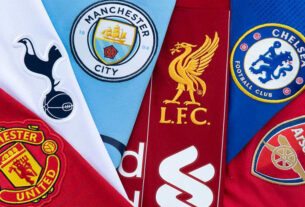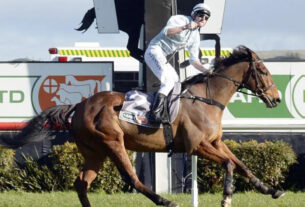Baseball has evolved from a game of inches to a battle of limitless data points. In this era, modern baseball players leverage various information to secure a strike, out, or run. While potentially lucrative, this data-driven approach also encourages players to take risks. As a result, the space between the catcher and batter has become a high-stakes battleground. However, a horrific injury has sparked a debate, calling for Major League Baseball to reconsider its rules on strike-stealing.
On May 7, St. Louis catcher Willson Contreras broke his left forearm when struck by a swing from NY Mets DH JD Martinez. Thus, the fixation on pitch framing and the underlying difficulties it causes were brought into sharp focus.
Contreras is in the second year of his five-year contract worth $87.5 million. The injury will cause him to miss around ten weeks. According to a gambling solutions forum, this was a big blow for the Cardinals, especially since the result was simply an extra strike for the pitcher.
Calls for Changes to Rules on Strike-Stealing
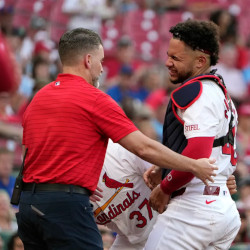 No completely automated strike zone can eliminate the fixation on pitch framing, sometimes known as strike-preserving or strike-stealing. Major League Baseball has been concerned about this issue since before the Contreras-Martinez incident. Suppose teams and players are unable to address the increase in incidents internally. In that case, the league may refer the matter to its competition committee, according to an anonymous source familiar with the league’s thinking.
No completely automated strike zone can eliminate the fixation on pitch framing, sometimes known as strike-preserving or strike-stealing. Major League Baseball has been concerned about this issue since before the Contreras-Martinez incident. Suppose teams and players are unable to address the increase in incidents internally. In that case, the league may refer the matter to its competition committee, according to an anonymous source familiar with the league’s thinking.
The league should take action since the number of calls involving catchers’ interference is at an all-time high. Batters violate the rules when their swings hit the catcher’s glove before entering the strike zone; 35 infractions occurred as of Sunday.
The current tally of 35 infractions surpasses the 33 in the 2015 season, while the season is just halfway through. From then on, catcher’s interference calls rose steadily, reaching 74 in 2023 (a number that will be eradicated this year, maybe before the All-Star break), an increase of 57% from the previous year. Thus, there is a reason to avoid betting on big favorites in an MLB game.
Number of Catcher Interference Calls
There is likely more than meets the eye at that boundary: In 2015, Major League Baseball began producing Statcast data, which, together with third-party tools like high-speed cameras and other technology, revolutionized how the game is studied, valued, and played. To prevent the ball from slipping below the strike zone, catchers have been known to get closer and closer to the batter, regardless of the risk.
Innumerable devices have replaced the instruments of stupidity, with Statcast throwing data for opponents and teammates placed into its Trajekt Arc pitching machine. Over a dozen teams have invested. A catcher may learn a pitcher’s pitches by heart and anticipate where the pitcher will set up to get a strike or two.
One strategy discussed in scouting sessions is getting closer to a batter’s stance. Furthermore, there is a plethora of dirt on the men who supposedly have the most extended and riskiest swings.
Do you have a baseball sportsbook? It is vital to know how to maximize earnings as a baseball bookie. That way, your sportsbook is sustainable in the long run.
